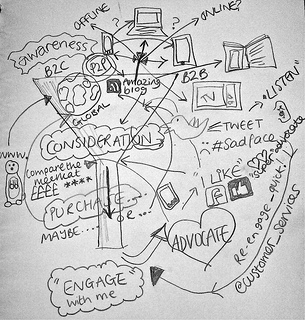
Event marketing ROI (return-on-investment) comes in two forms in most of our work. And unfortunately, the two forms are often confused. The first is a planning tool and the second is an outcome estimate. Let me see if I can clarify the two in this brief blog update. If you’re looking for information about event marketing ROI in general check out our article at the link.
It’s often overlooked, but ROI is a great planning tool. Our model of ROI takes five metrics into consideration:
- Program Budget
- Consumers Sampled
- Non-Customer Percent
- Purchase Intent
- Value per Customer
Understanding predictive event marketing ROI
You know the program budget and consumers sampled. That’s the activation plan you’re pitching (or already pitched).
And you can figure value per customer easily enough (SKU at retail * buys per year).
You can even estimate the percent non-customers by using what you know about the brand’s current market penetration.
That leaves you with purchase intent. You need to measure this with an onsite exit survey. It varies greatly by market, product type, consumer demographic, and activation plan.
If you don’t have anything to go with… use 71%. We see, across dozens of industries and many more dozen brands that purchase intent averages 71%.
And that’s all you need to predict ROI.
It’s just a spreadsheet. Do this in the planning stage and you have a great tool to test the impact of adding or subtracting staff, scaling up to more markets, or choosing less small events and a few more larger ones.
If this is confusing reach out to us and let us model the event marketing predictive ROI for you.
Understanding estimated event marketing ROI
How is this different from the estimated ROI?
Well, what I described above is what you do/ can do before the program starts. (It’s a great event marketing KPI development tool).
The estimated ROI is when you use actual data. Typically when the program is over, and cunning marketers are checking the data in mid-stream to head-off problems before it’s too late.
Photo Source: https://www.flickr.com/photos/lauradinneen/
